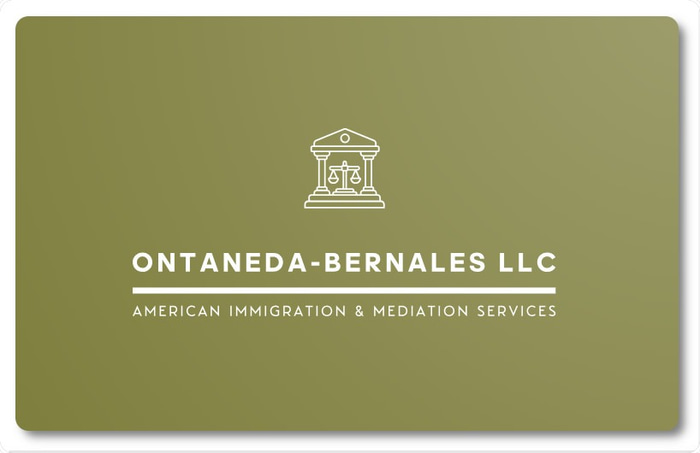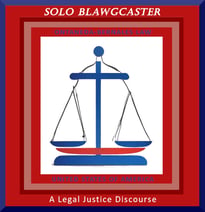Temporary & Residence Visas
For Temporary Visitors
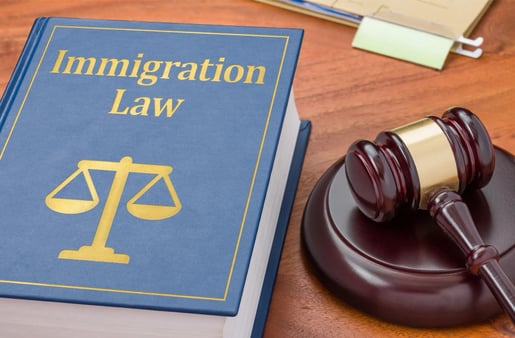

B-1 visa: for temporary business trips to the U.S. to make investments, to purchase goods, or to conduct other temporary work on behalf of a non-U.S. employer. You may not be employed or be paid by a source inside the U.S. The B-1 visa is for one year with 6-month extensions.
B-2 visa: for tourists who are visiting the U.S. B-2 visas are granted for 6 months. Tourists of some countries may enter the U.S. for up to 90 days without a visa.
Q visa: used for international cultural exchange programs that have been designated for the purpose of providing practical training, employment, and the sharing of the history, culture, and traditions of the country of the alien's nationality.


J-1 visa: is for coming to the U.S. to participate in an approved exchange visitor program. Visitor programs can be sponsored by businesses, schools, and various organizations and institutions. Eligible persons include scholars, students, professors, research assistants, job trainees, au pairs, international visitors on cultural missions, and others. The J-1 visa is exempt from FICA withholdings.
Curricular Practical Training (CPT): for working off campus during studies. This work authorization is approved one semester at a time.
Optional Practical Training (OPT): for working off campus, usually after the completion of studies. This is a 12-month work authorization. Students in STEM fields may be authorized for an additional 17 months. OPT can also be granted to students on F-1 visas for temporary authorization to work in the U.S. while going to our universities. OPTs are granted by the U.S. Citizenship and Immigration Service (USCIS). OPTs don't need approval or review by the Dept. of Labor even though these students are working in jobs that are in most cases identical to those taken by H-1Bs.
Both CPT and OPT are only available to students who have completed one academic year of full-time enrollment in the U.S. For complete details, please visit the employment section of our website.
M-1 visa: for vocational or nonacademic students such as healthcare technician, machinist, dental hygienists, etc.
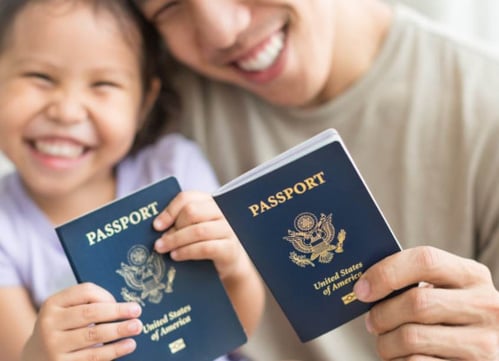

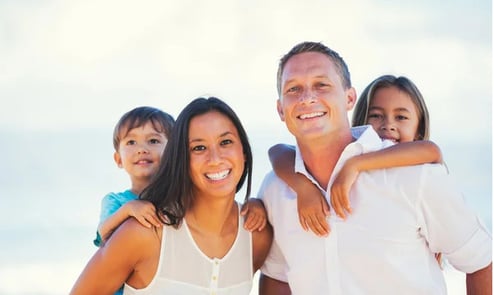

For Academic and Vocational Students
Immediate Relative Visa: US citizens are able to petition for certain foreign-born family members to become permanent residents and start on the path to US citizenship.
Preference Categories: There are several visa types for family members of US citizens:
FB-1 (First Preference) - Unmarried sons and daughters
FB-2 (Third Preference) - Married sons and daughters
FB-4 (Fourth Preference) - Brothers and sisters
K-1 Fiancée Visa: Fiancées of US citizens are eligible for non-immigrant visas that are good for 90 days
K-3 visa: foreign-born spouses of US citizens residing abroad to live in the US during the green card process.
Process for issuing residence visas ("Green Card"):
File petitions for approval in your preference category. Response from USCIS in approximately 90-120 days.
For Immigrants Related to US Citizens
F-1 visa: allows aliens to come to the U.S. as full-time academic or language students if they are enrolled in a program that leads to a degree or to a certificate. They may work in a part-time job on campus. They can also work off campus if they can show that it is economically necessary or if the job provides practical training in the student's chosen field.
After approval, when the visa becomes available, if in the United States, apply to USCIS for adjustment of status to permanent residence; if you are abroad, apply for visa in country of residence and wait for interview at the US Consulate/Embassy nearest your foreign residence.
Allow 8-15 months for the entire process to be granted a green card.
While in the United States, the applicant seeking residence must remain in legal immigration status, while waiting for the visa to become available.
Unauthorized employment or staying in the US with an expired visa, bars adjustment of status to permanent residence in the US.
